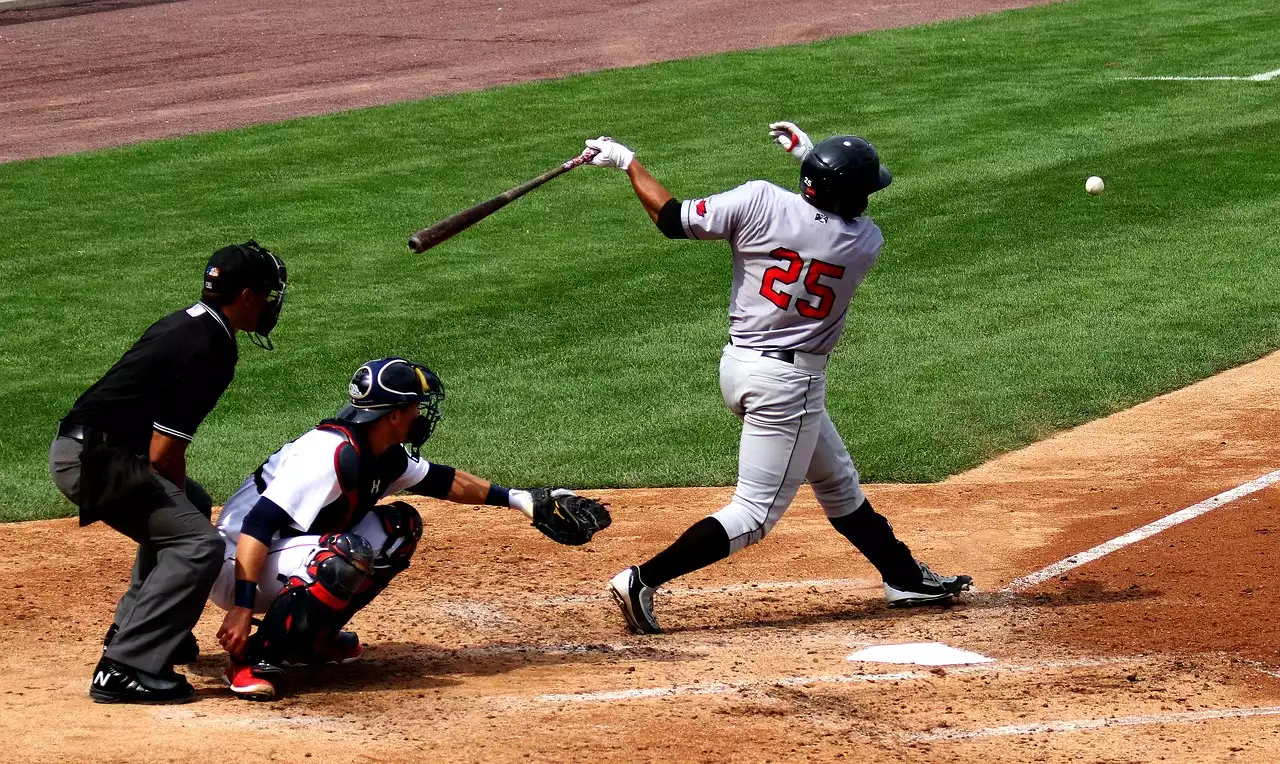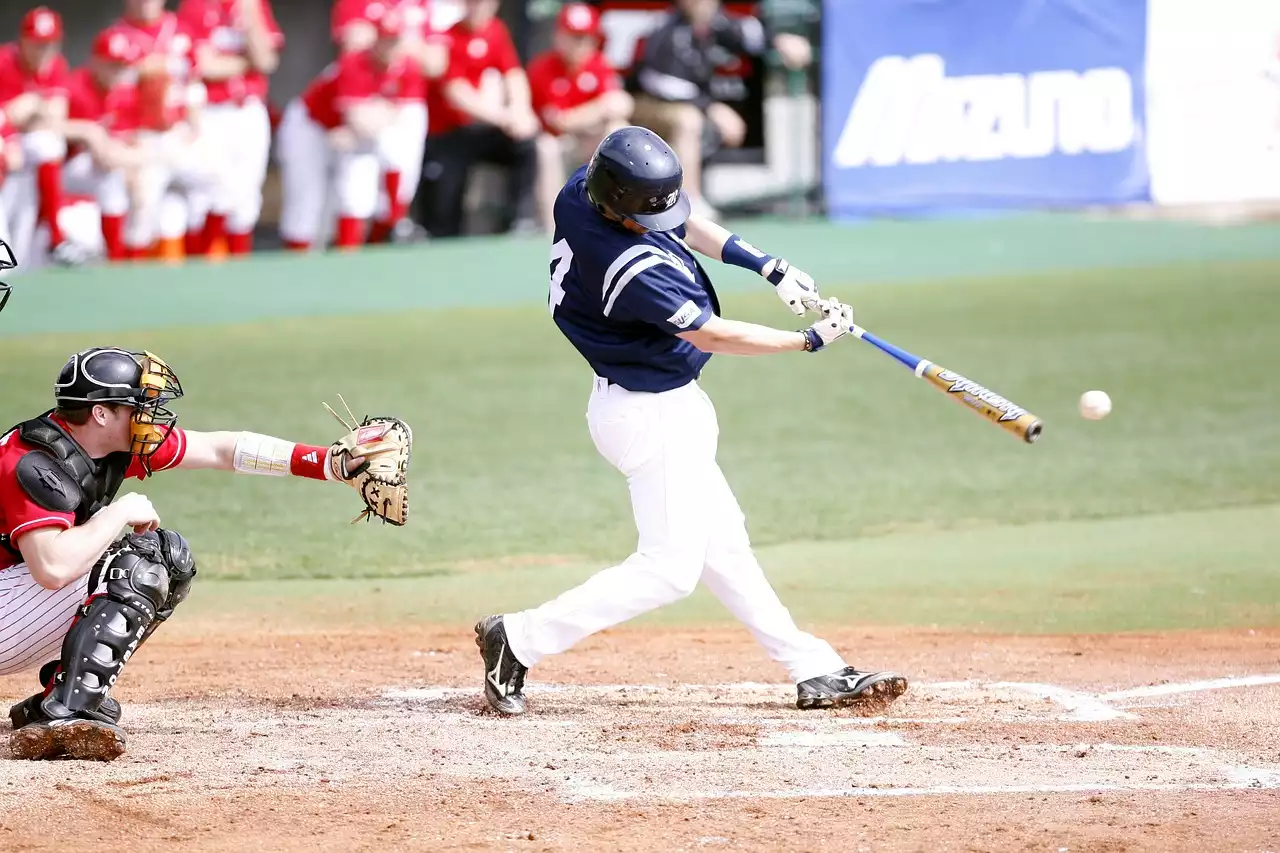Traditional Stance
The traditional batting stance is the most common batting stance in baseball. It is characterized by the batter standing with their feet approximately shoulder-width apart, knees slightly bent, and hands in front of the body. The batter’s hands should be slightly above the waist, and the bat should be held comfortably in the hands. This stance encourages the batter to keep their weight evenly distributed on both feet, allowing for a powerful and accurate swing.
The traditional batting stance is a great choice for younger players as it is easy to learn and gives the batter a good balance. It also allows the batter to easily adjust their swing to different types of pitches. This makes it an ideal choice for players who want to quickly adjust to different pitches. The traditional stance also gives the batter a good view of the field, making it easier to identify and track the pitch.
Open Stance
The open batting stance is characterized by the batter standing with their feet and hands in an open position. The feet are typically set wider than shoulder-width apart, and the hands are placed slightly lower than in the traditional stance. This stance encourages the batter to hit the ball with a more downward motion, resulting in a longer, more powerful swing. The open batting stance is often used by power hitters who want to maximize the distance of their home runs.
The open stance also allows the batter to quickly adjust to different types of pitches. This makes it a great choice for players who need to hit a variety of pitches. The open stance also gives the batter a good view of the field, making it easier to identify and track the pitch.
Closed Stance
The closed batting stance is the opposite of the open stance. The feet are set closer together, and the hands are placed higher on the body. This stance encourages the batter to hit the ball with a more upward motion, resulting in a shorter, more controlled swing. The closed batting stance is often used by contact hitters who want to maximize the accuracy of their hits.
The closed stance also allows the batter to quickly adjust to different types of pitches. This makes it a great choice for players who need to hit a variety of pitches. The closed stance also gives the batter a good view of the field, making it easier to identify and track the pitch.
Stride Stance
The stride batting stance is characterized by the batter taking a short step forward with their front foot as they swing. The front foot should be placed about four inches in front of the back foot, and the hands should be placed slightly higher than in the traditional stance. The stride stance encourages the batter to hit the ball with a more sideways motion, resulting in a shorter, more controlled swing. The stride batting stance is often used by contact hitters who want to maximize the accuracy of their hits.
Coiled Stance
The coiled batting stance is characterized by the batter crouching down and bringing the bat back behind their head. The feet should be set slightly wider than shoulder-width apart, and the hands should be placed slightly lower than in the traditional stance. The coiled stance encourages the batter to hit the ball with a more explosive motion, resulting in a longer, more powerful swing. The coiled batting stance is often used by power hitters who want to maximize the distance of their home runs.
The coiled stance also allows the batter to quickly adjust to different types of pitches. This makes it a great choice for players who need to hit a variety of pitches. The coiled stance also gives the batter a good view of the field, making it easier to identify and track the pitch.
Upright Stance
The upright batting stance is characterized by the batter standing with their feet and hands in an upright position. The feet should be set slightly wider than shoulder-width apart, and the hands should be placed slightly higher than in the traditional stance. The upright stance encourages the batter to hit the ball with a more level motion, resulting in a shorter, more controlled swing. The upright batting stance is often used by contact hitters who want to maximize the accuracy of their hits.
Switch Hitting Stance
The switch hitting batting stance is characterized by the batter standing with their feet and hands in a neutral position. The feet should be set slightly wider than shoulder-width apart, and the hands should be placed slightly higher than in the traditional stance. The switch hitting stance encourages the batter to hit the ball with a more balanced motion, resulting in a shorter, more controlled swing. The switch hitting batting stance is often used by contact hitters who want to maximize the accuracy of their hits.
The switch hitting stance also allows the batter to quickly adjust to different types of pitches. This makes it a great choice for players who need to hit a variety of pitches. The switch hitting stance also gives the batter a good view of the field, making it easier to identify and track the pitch.
Benefits of Different Batting Stances
Each of the different batting stances has its own unique benefits and drawbacks. The traditional stance is a great choice for younger players as it is easy to learn and gives the batter a good balance. The open stance is great for power hitters who want to maximize the distance of their home runs. The closed stance is perfect for contact hitters who want to maximize the accuracy of their hits. The stride stance is ideal for players who need to hit a variety of pitches. The coiled stance is great for power hitters who want to maximize the distance of their home runs. The upright stance is perfect for contact hitters who want to maximize the accuracy of their hits. The switch hitting stance is ideal for players who need to hit a variety of pitches.
Tips on Choosing the Right Batting Stance
When it comes to choosing the right batting stance, there is no one-size-fits-all solution. The best way to find the right stance for you is to experiment with different stances and find the one that feels the most natural and comfortable. It is also important to keep in mind that different pitches require different batting stances. You should adjust your stance accordingly when facing different pitch types.
Additionally, you should practice your batting stance as often as you can. This will help you improve your technique and increase your accuracy. Finally, be sure to ask your coach or teammates for advice on choosing the right batting stance for you.









